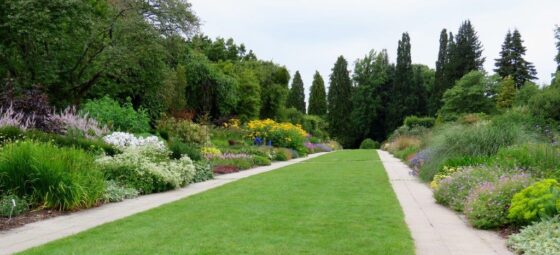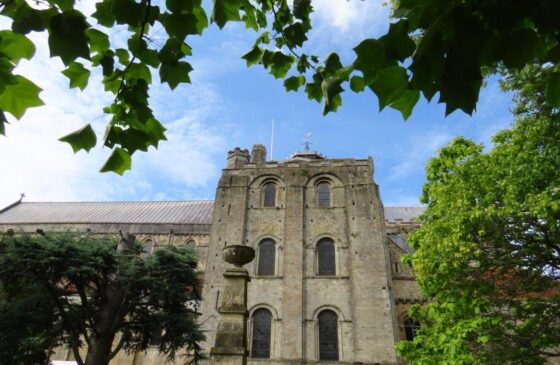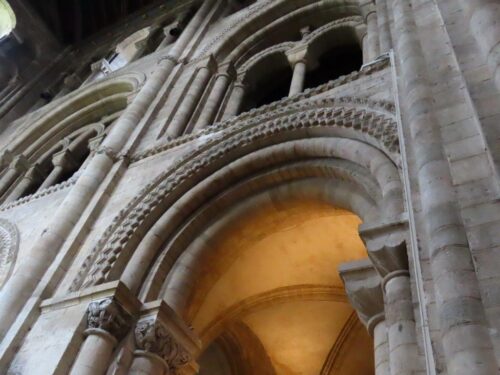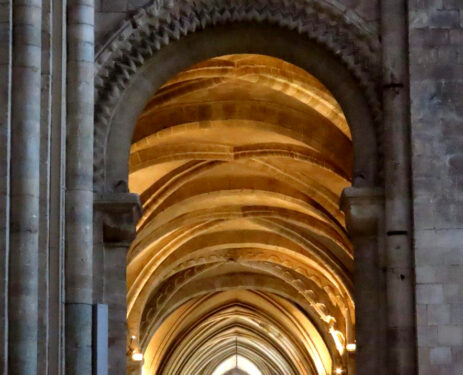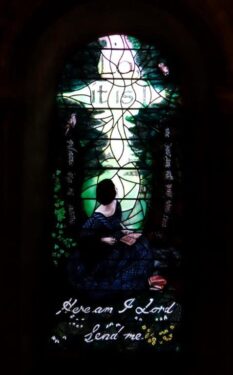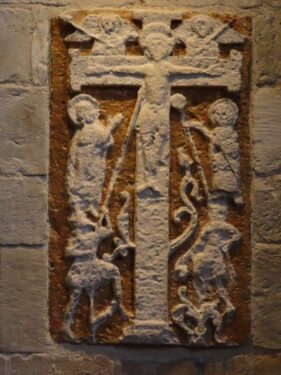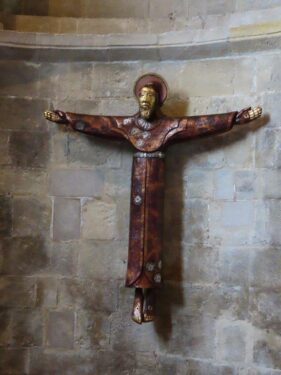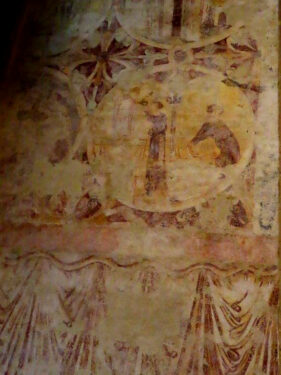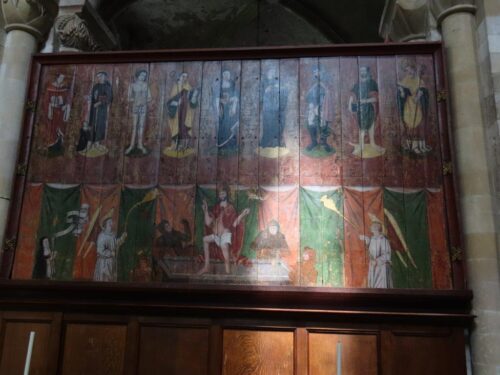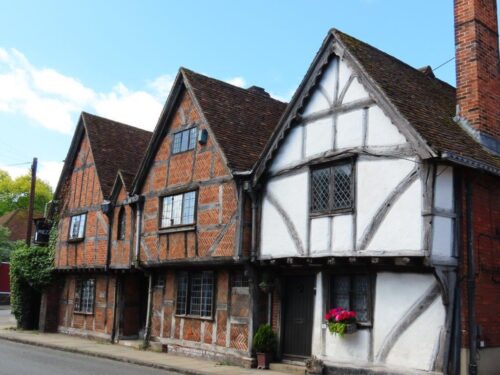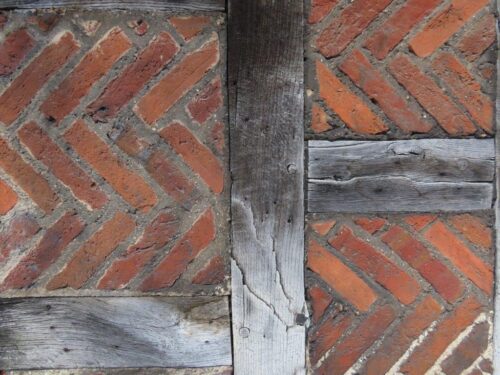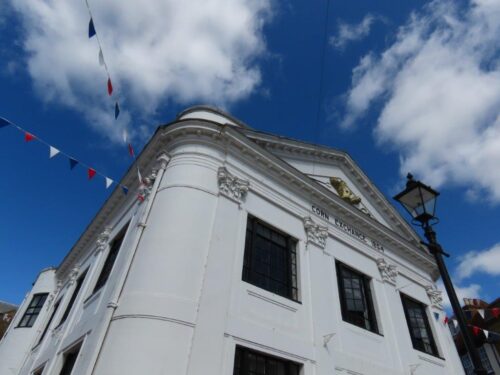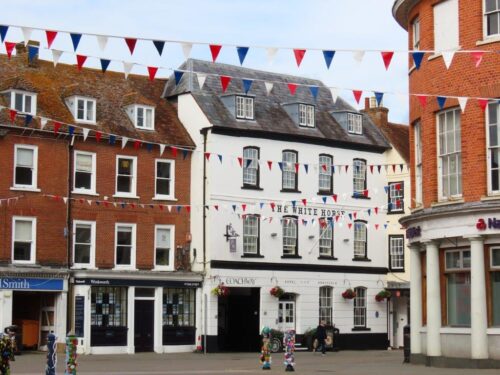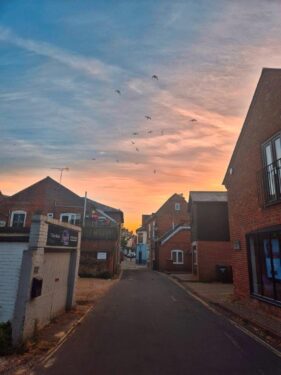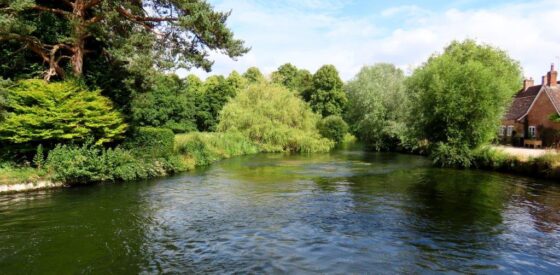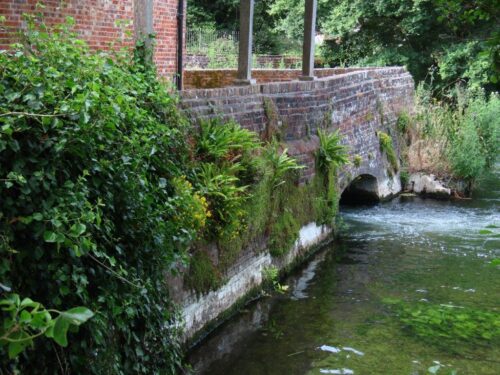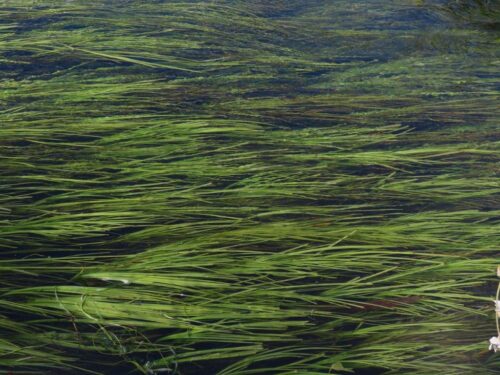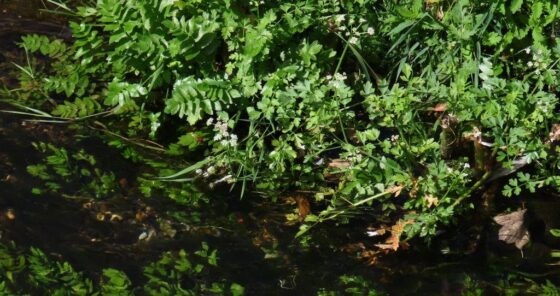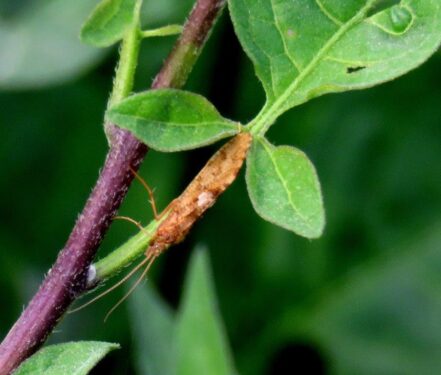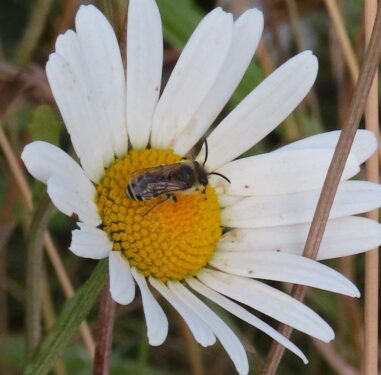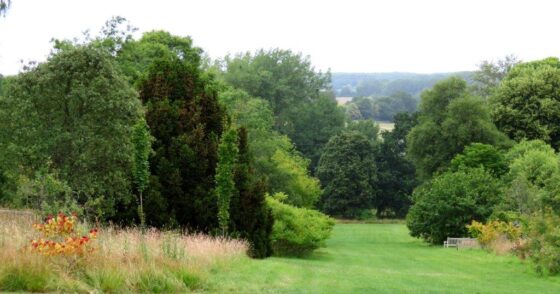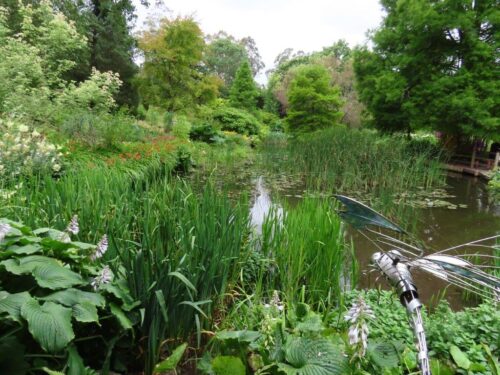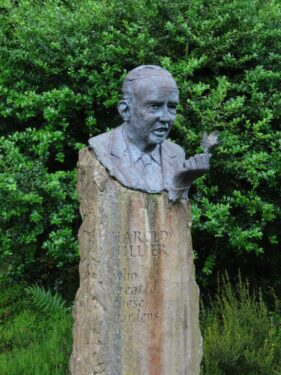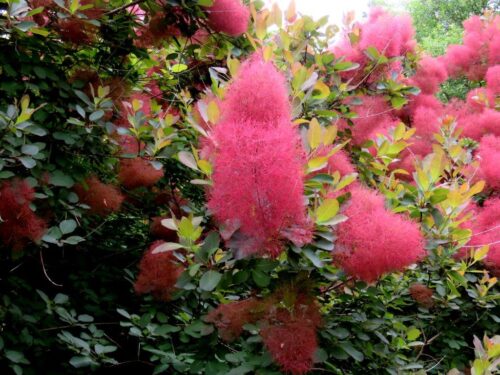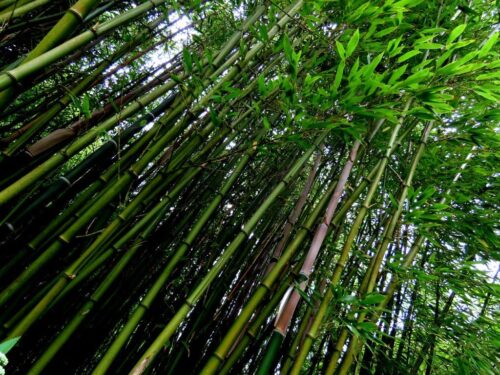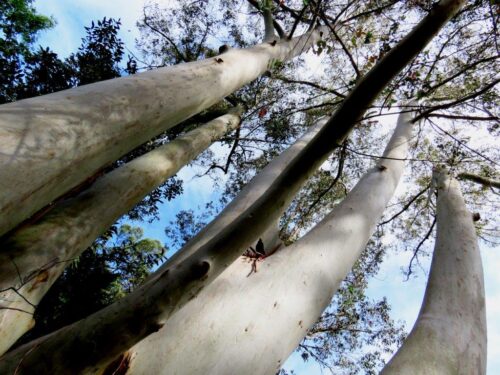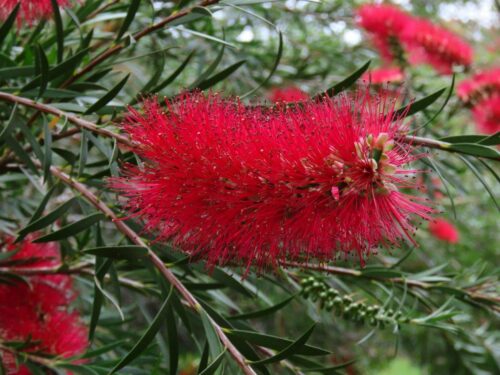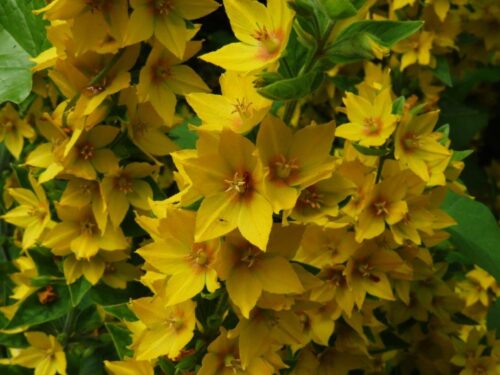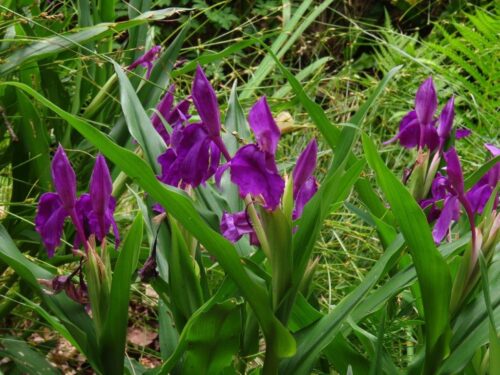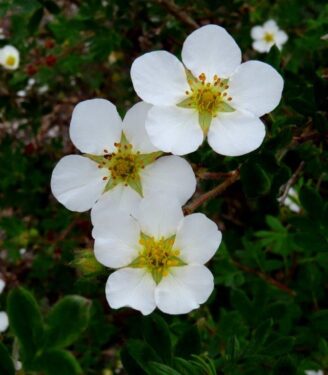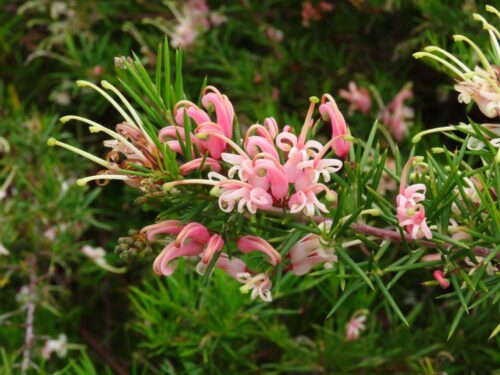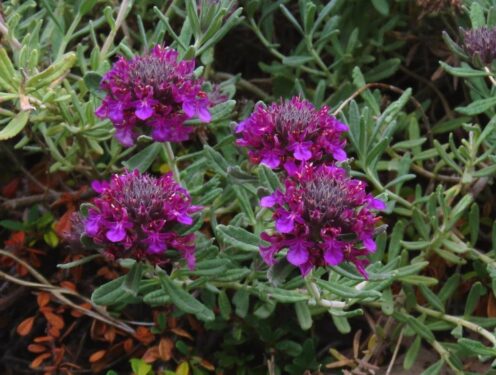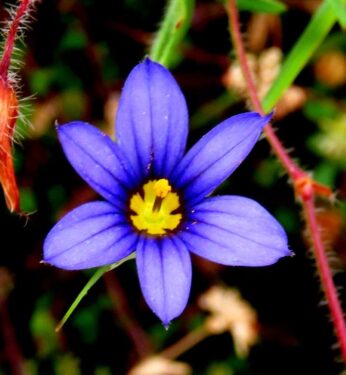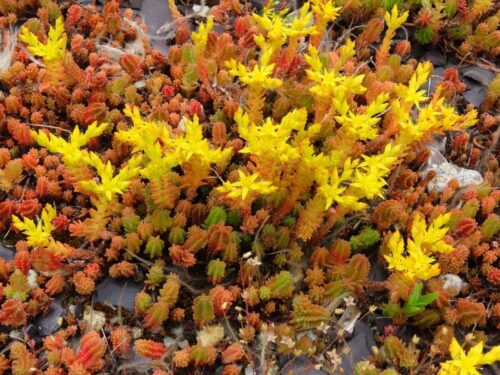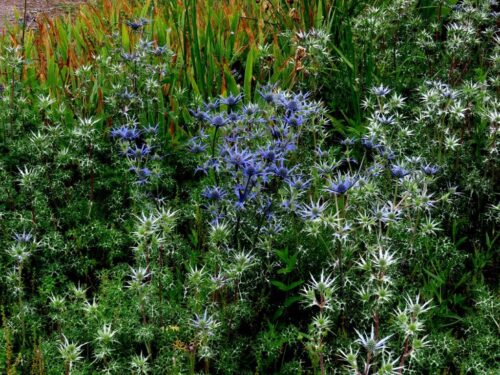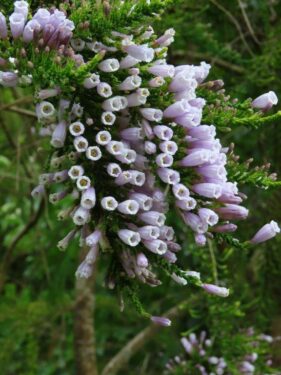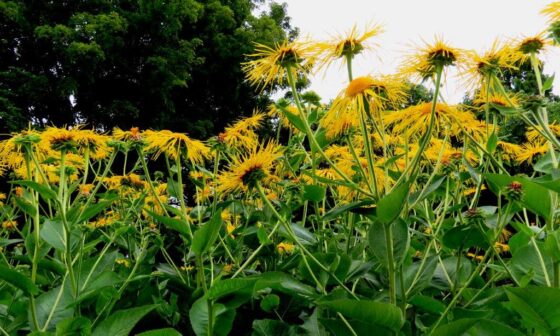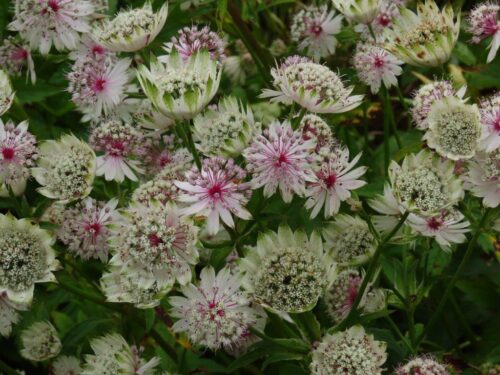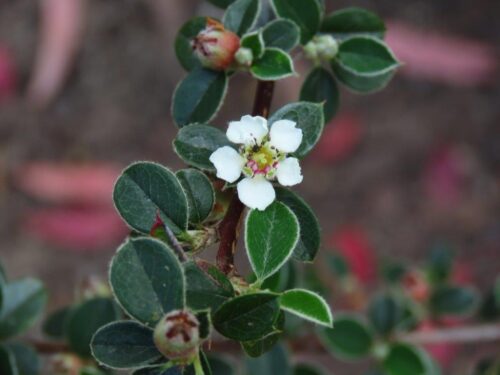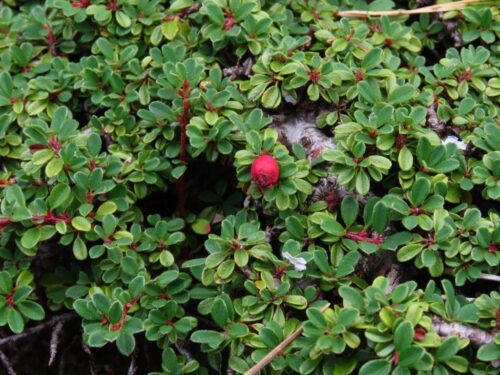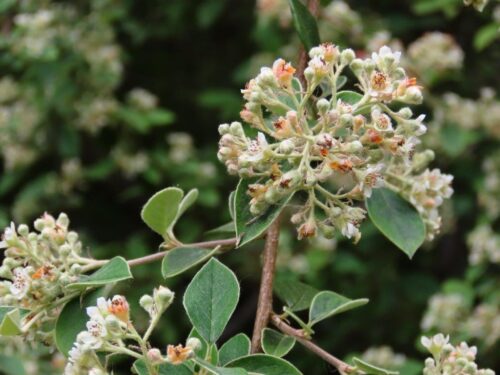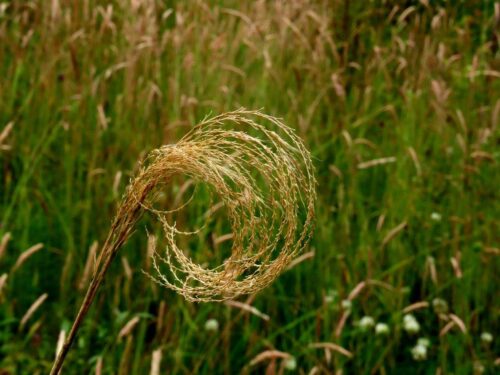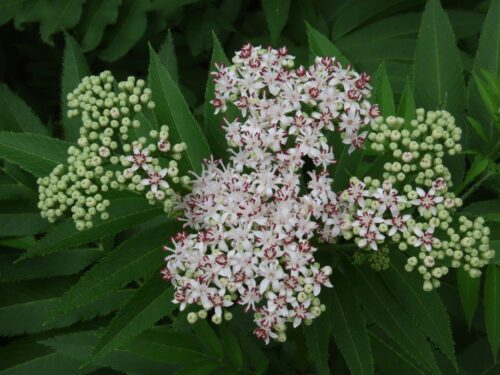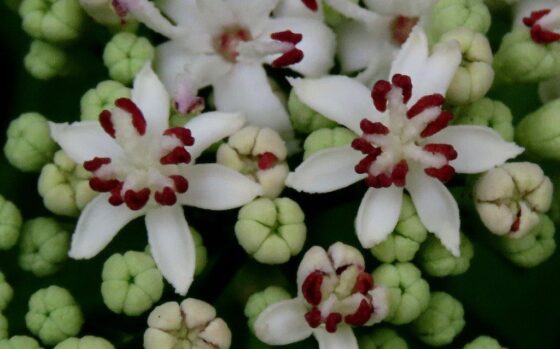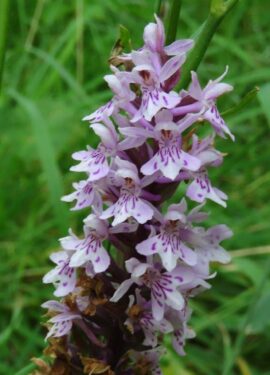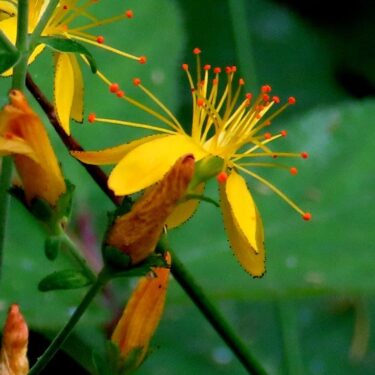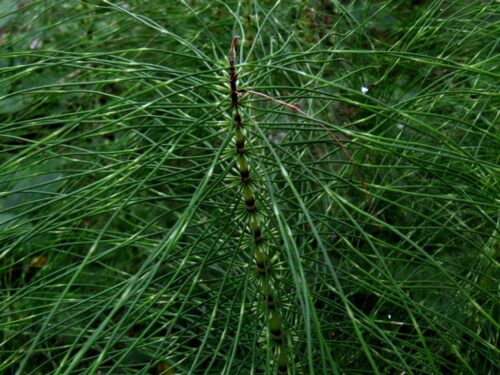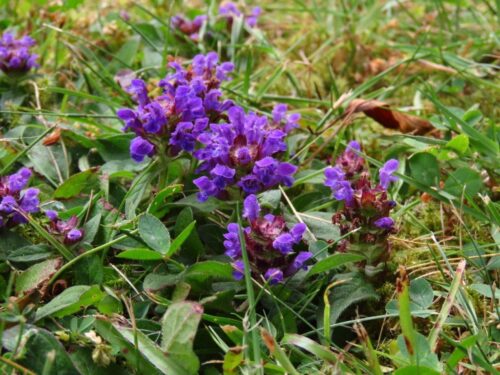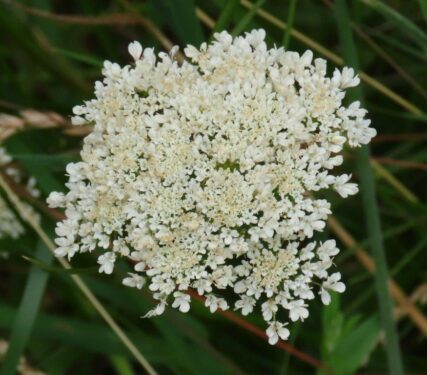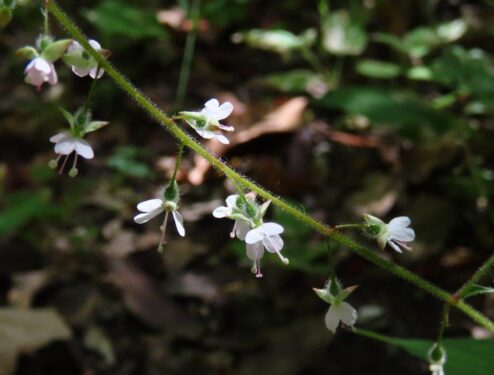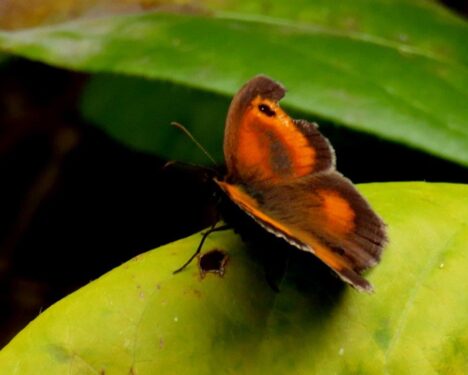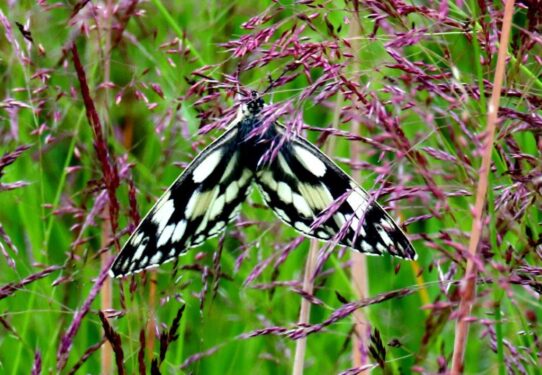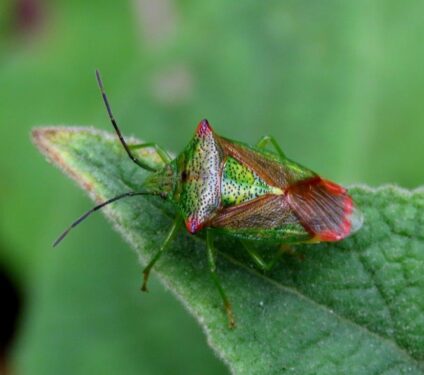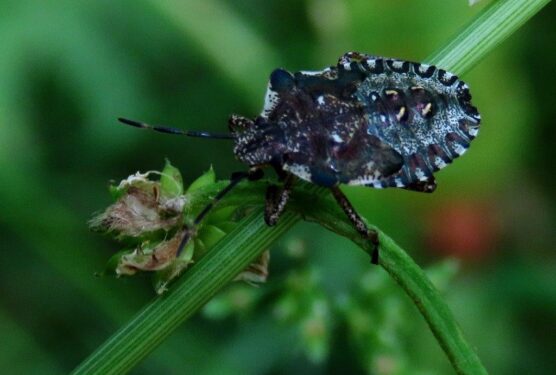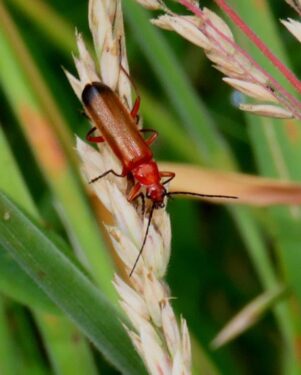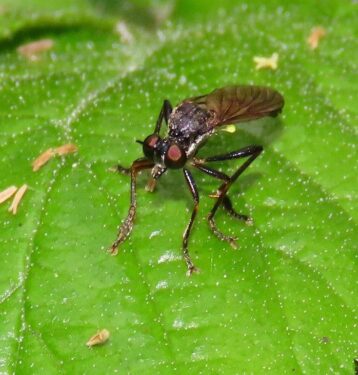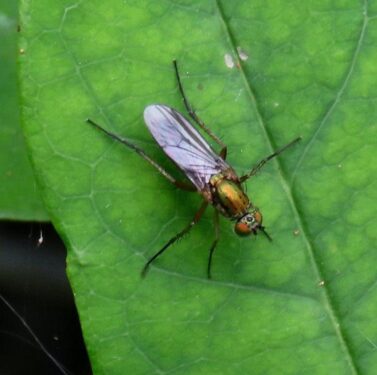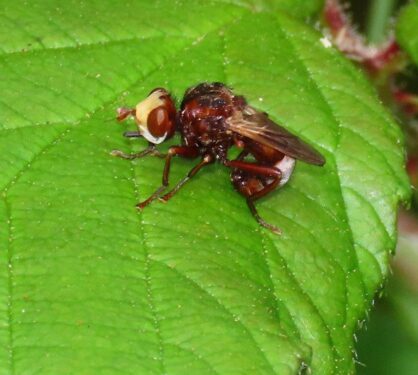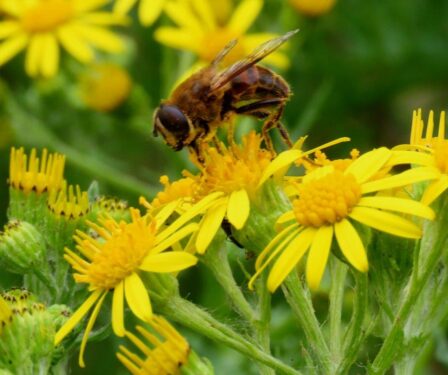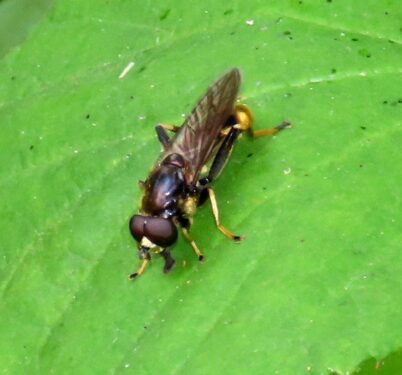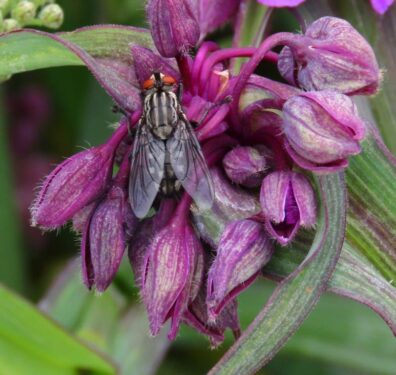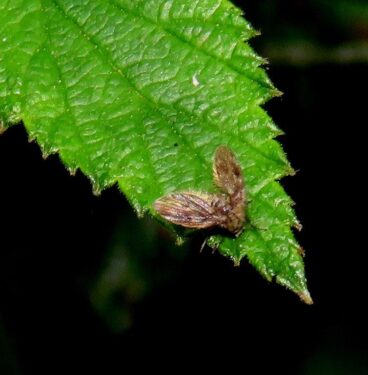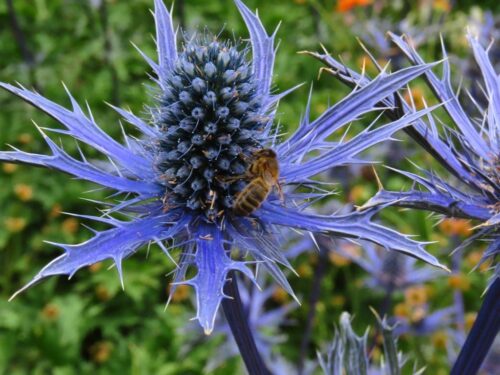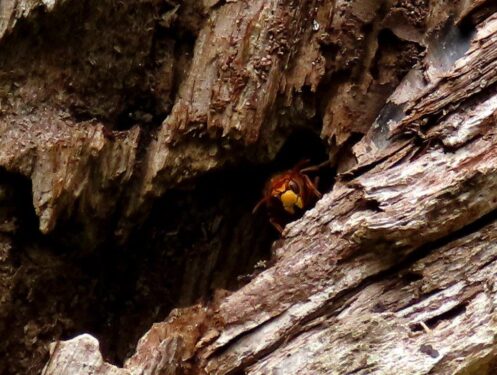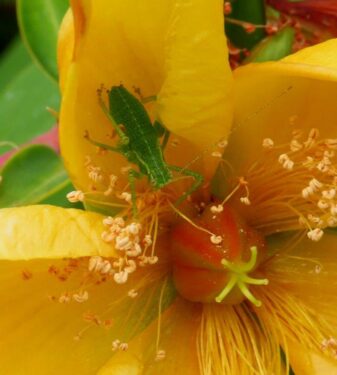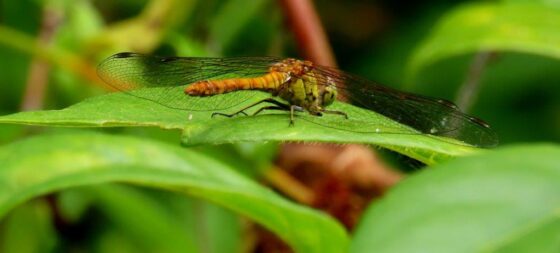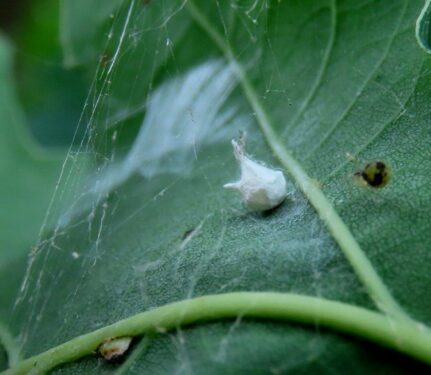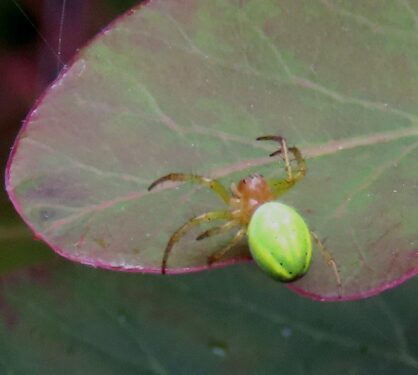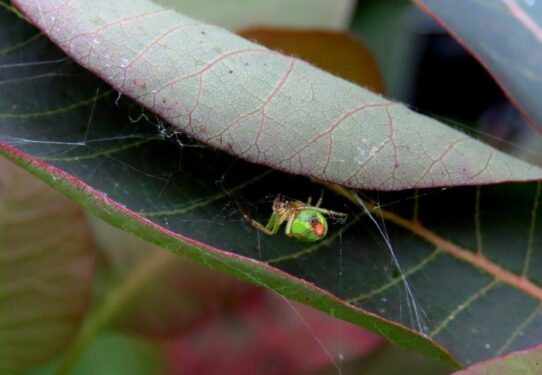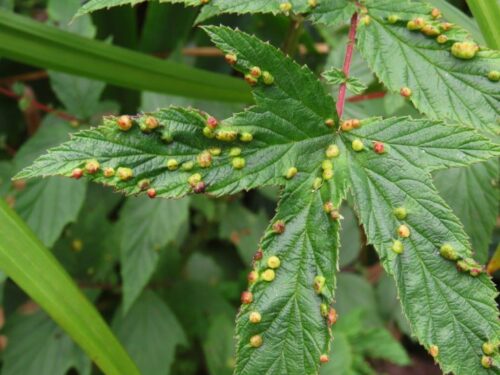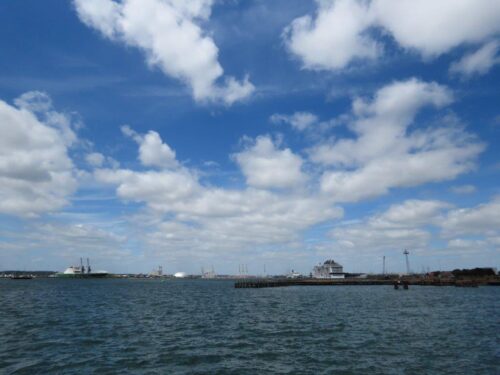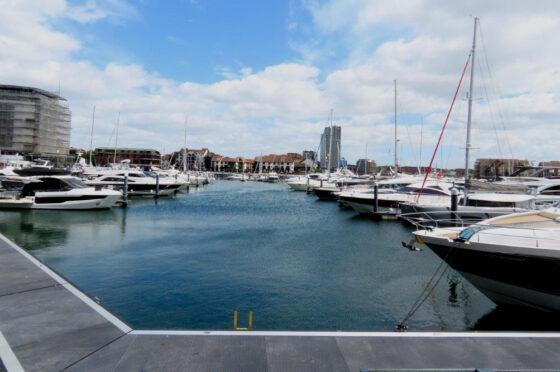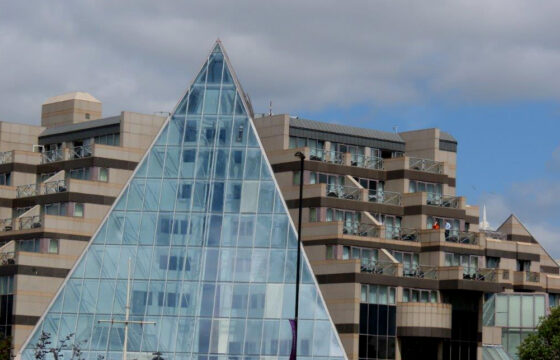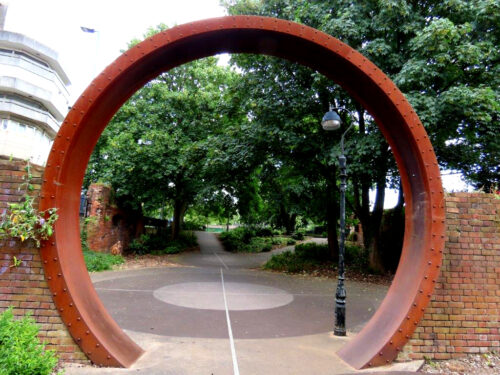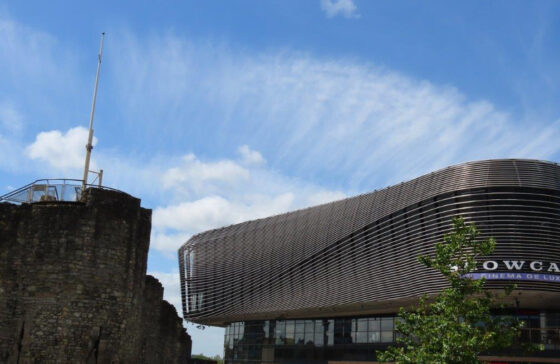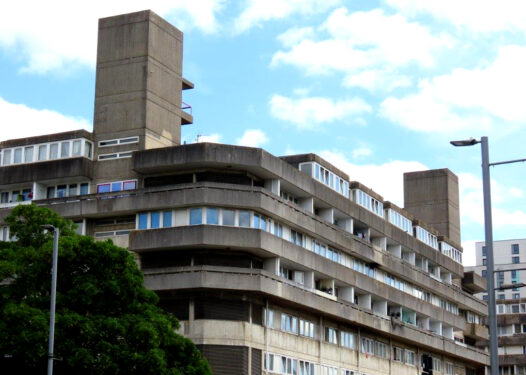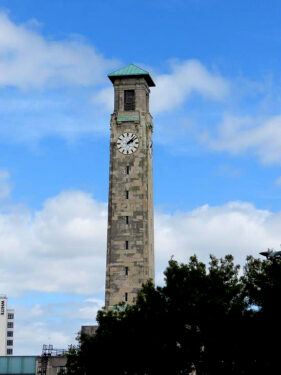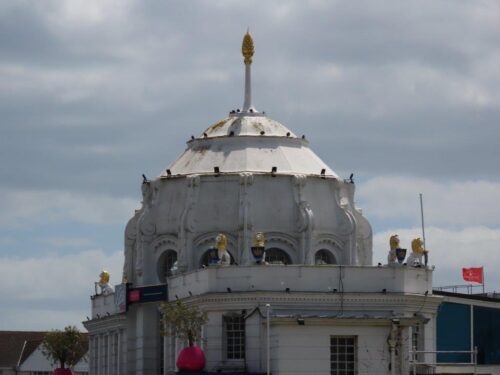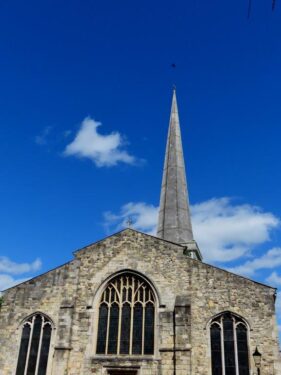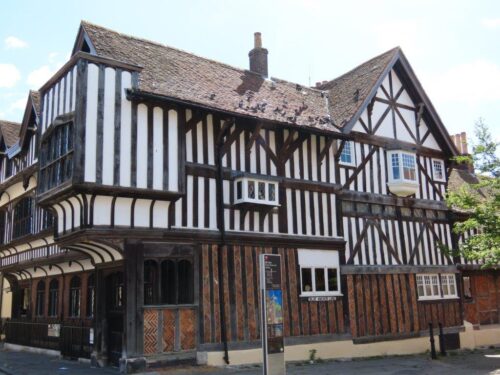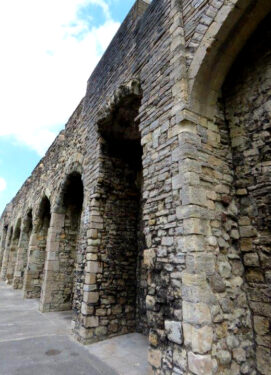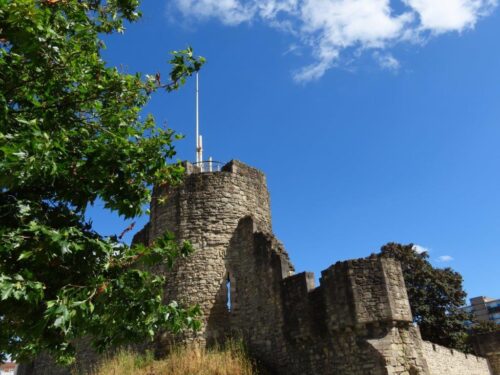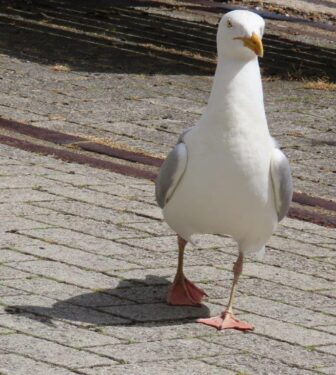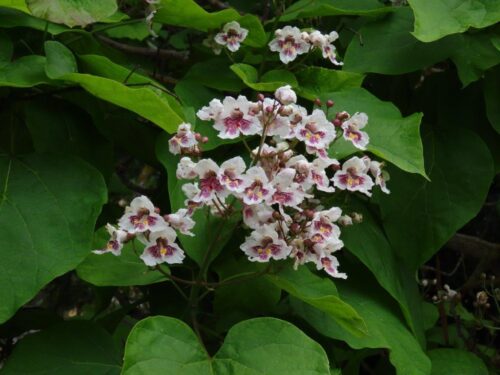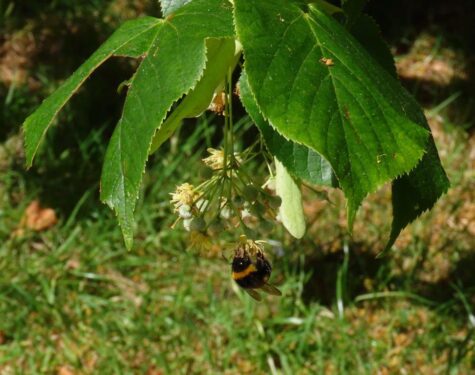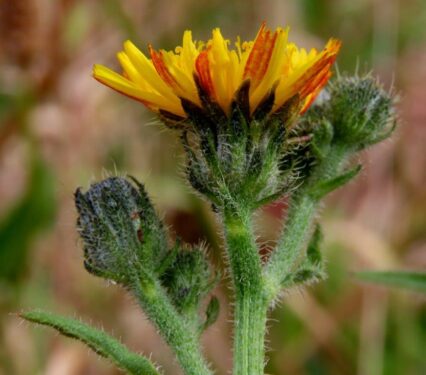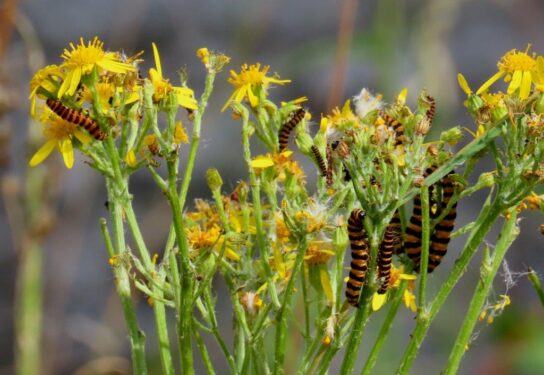Our July mini-break of our year (or more!) of mini-breaks took us to Hampshire, specifically Romsey. Where? you may ask! We certainly did when during our February break in Reading, while wandering around the ruined (albeit impressive) abbey, we saw a board showing what it would have looked like: ‘our sister abbey in Romsey’…. Before the day was done we had booked a break in a place that had never entered our consciousness before.
The abbey did not disappoint. While certainly not stately and soaring (actually rather squat), it is beautifully proportioned, and filled with impressive architecture and art from through the ages. Add to that a warm welcome from the attendants who passed on all sorts of useful hints for our days to come (who needs Tourist Information Centres?!), our break got off to a very good start.
Romsey itself is also delightful, a small market town full of historic buildings …
… including the White Horse Hotel, our excellent base for two nights. We had superb evening meals, both at the White Horse and the Old House at Home, the latter with a side order of a marching band that came from the British Legion next door and marched on through the restaurant, still playing. Almost loud enough to drown out the wonderful large screaming parties of Swifts hurtling down the narrow streets. Us watching them careering around and into nest crevices suggested to one local chap we might be from the ‘Test Valley Swift Group’ and he then launched into a very full description of the Swifts of the town, a source of evident pride!
And then there is the River Test itself, one of the premier chalk-streams in Britain, forming the west flank of the town and sending runnels right through its heart, with clear, fast-flowing water supporting lots of aquatic plant life.
However, in common with so many places this summer, precious little insect life, just one each of caddis-fly and solitary bee along a couple of hundred metres of riverbank. Makes you wonder just what the Swifts are finding to feed upon.
Just north of the town was another reason for our visit, Hiller’s Garden and Arboretum, created by Sir Harold Hillier and left in the care of the local authority.
There are trees and other plants from all over the world, reasonably well labelled, and arranged in variously themed beds:
Of particular interest was the collection of Cotoneaster species, allowing side-by-side comparison of this very large and confusing genus.
And highlights for us were a remarkable (unnamed) curly-wurly form of Miscanthus sinensis and the newly opened, fascinating flower-heads of Dwarf Elder.
Of course, in its 72 hectares there is ample space for nature. Native plants included Common Spotted-orchid, Great Horsetail, Slender St John’s-wort, Self-heal, Enchanter’s-nightshade and Corky-fruited Water-dropwort …
… although once again insects were in short supply. Butterflies were restricted to a few Meadow Browns, a handful of Gatekeepers and Ringlets, and a single Marbled White, hardly the bounty expected of early July.
There were other insects of course, across a range of groups, but the following might give a false impression of abundance: I photographed everything I could and that is all we had to show for our efforts.
Nonetheless, it was a very interesting garden, and one which has given us another short break idea for next year, a visit to Ventnor Botanic Garden on the Isle of Wight, similarly created by Hillier and apparently containing some rooms to let within its grounds. Watch this space!
On our last day, we took the opportunity to visit Southampton for a few hours, a city neither of us knew. Views of the sea are always welcome, albeit not the open sea from the angle we were looking:
And, as always, it had some buildings of interest, from the ultra-modern …
… to the Modernist delights of last century …
… and indeed earlier centuries …
… going right back to the still-impressive city walls.
A more natural flavour came from Herring and Lesser Black-backed Gulls everywhere, Sandwich Terns around the ferry port, street trees including Indian Bean Trees and Common Limes, both in flower and attracting bumblebees (more here than anywhere else in our trip).
And the grassy slopes below the walls had a good population of Hawkweed Ox-tongue (rather uncommon in Essex, so good to see) alongside Ragwort being demolished by Cinnabar caterpillars. In Hillier’s and elsewhere we were remarking how there were none of these munchers: as so often it was up to the often overlooked nature within urban greenspace to fly the flag and provide a glimmer of hope for the future. Quite appropriately too, it was the day of the General Election!
